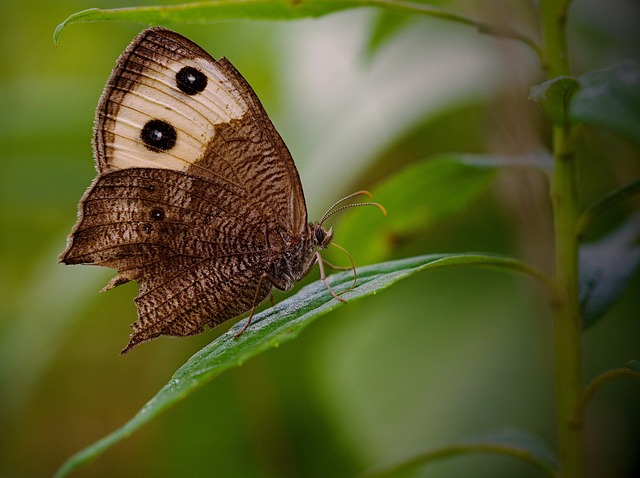
Native Plants in My Area
Understanding Native Plants
Native plants are species that naturally occur in a specific region without human introduction. They have adapted to the local climate, soil, and wildlife, making them essential for maintaining ecological balance. By incorporating native plants into gardens and landscapes, individuals can support local wildlife, including pollinators and other beneficial organisms.
Benefits of Planting Native Species
Choosing native plants offers several advantages:
- Support for Local Wildlife: Native plants provide food and habitat for various species, including birds, butterflies, and bees. This can enhance local biodiversity.
- Low Maintenance: These plants are well-adapted to their environment, requiring less water and fewer resources compared to non-native species.
- Soil Health: Native plants contribute to soil health by preventing erosion and promoting nutrient cycling.
- Climate Resilience: They are more resilient to local climate conditions, making them less susceptible to pests and diseases.
Finding Native Plants in Your Area
To successfully incorporate native plants into your garden, it is essential to identify which species are suitable for your specific location. Here are some practical steps to help you get started:
- Research Local Flora: Utilize resources such as local extension services, botanical gardens, or native plant societies to find lists of native species in your area.
- Consider Your Environment: Assess your garden's conditions, including soil type, sunlight, and moisture levels, to select plants that will thrive.
- Purchase from Reputable Sources: Look for local nurseries or online retailers that specialize in native plants. Ensure they provide accurate information about the plants they sell.
- Join Community Initiatives: Engage with local gardening clubs or conservation groups that focus on native plant gardening. They can offer valuable insights and support.
Native Plant Resources
Several organizations and websites provide databases and lists of native plants tailored to specific regions. These resources can help streamline your search:
- Native Plant Societies: Many states have native plant societies that offer extensive resources, including plant lists and gardening tips.
- Online Databases: Websites like the USDA Plant Database can provide information on native species, including their growing conditions and ecological benefits.
- Local Extension Services: Cooperative extension services often have experts who can assist with identifying native plants and providing gardening advice.
Conclusion
Incorporating native plants into your garden can significantly benefit local ecosystems while enhancing the beauty of your landscape. By understanding the advantages of native species and utilizing available resources, anyone can contribute to biodiversity and support local wildlife. Whether you are an experienced gardener or just starting, planting native species is a practical step towards a healthier environment.





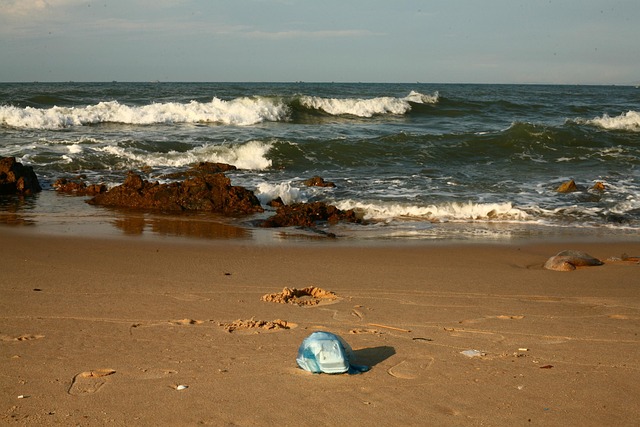





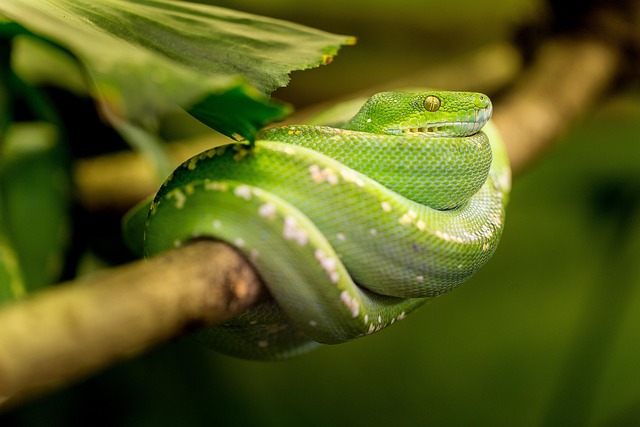



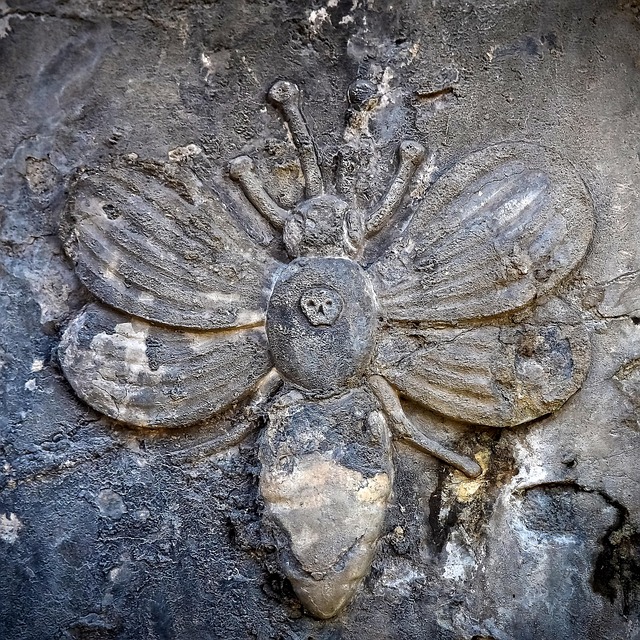
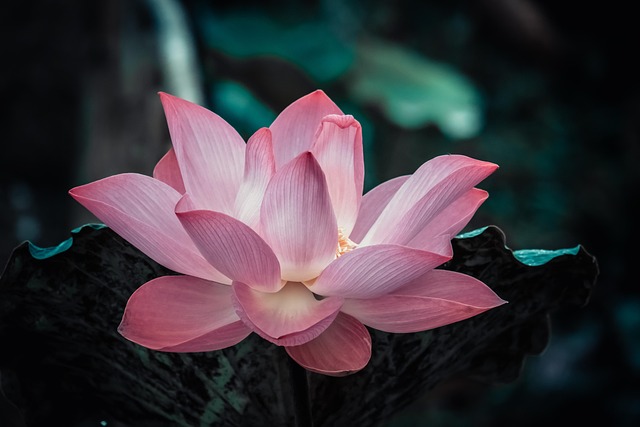
 Aquatic Vegetation
Aquatic Vegetation 
 Health
Health  Fitness
Fitness  Lifestyle
Lifestyle  Tech
Tech  Travel
Travel  Food
Food  Education
Education  Parenting
Parenting  Career & Work
Career & Work  Hobbies
Hobbies  Wellness
Wellness  Beauty
Beauty  Cars
Cars  Art
Art  Science
Science  Culture
Culture  Books
Books  Music
Music  Movies
Movies  Gaming
Gaming  Sports
Sports  Nature
Nature  Home & Garden
Home & Garden  Business & Finance
Business & Finance  Relationships
Relationships  Pets
Pets  Shopping
Shopping  Mindset & Inspiration
Mindset & Inspiration  Environment
Environment  Gadgets
Gadgets  Politics
Politics 